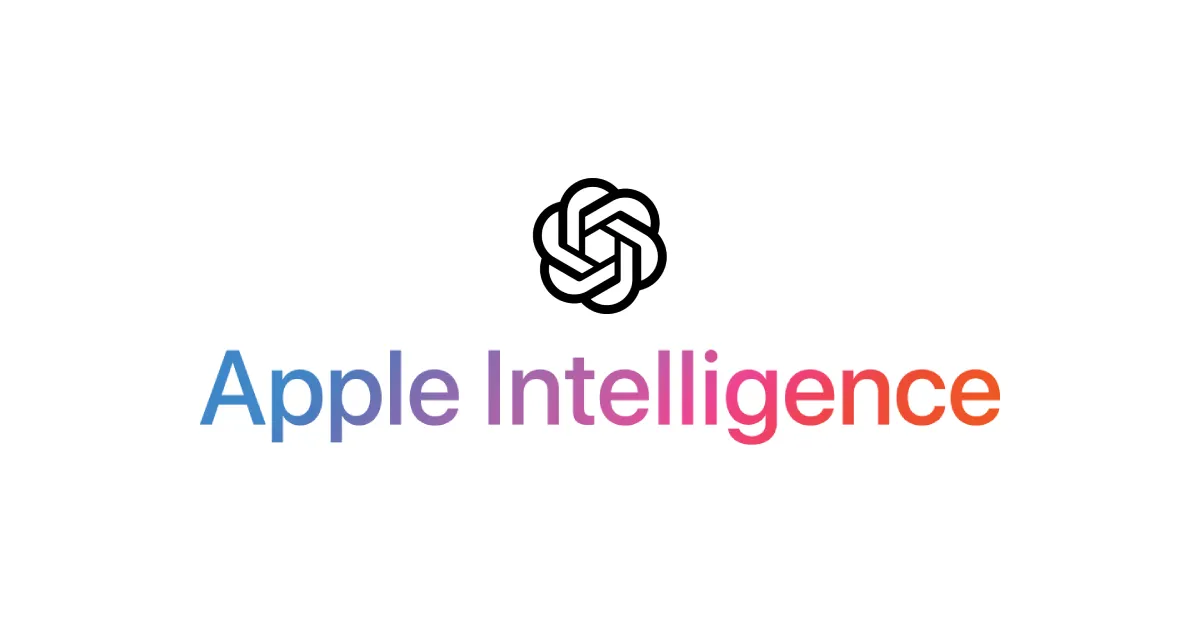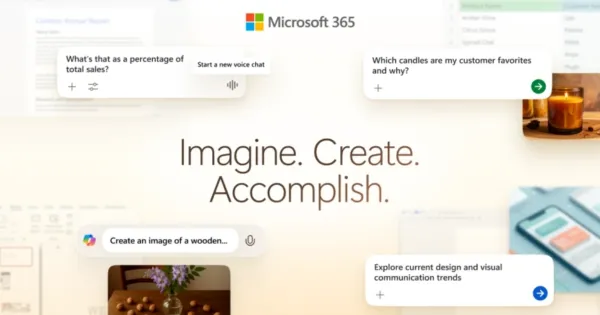Apple prepares for enterprise AI with new ChatGPT controls

As artificial intelligence continues to reshape how enterprises operate, Apple is preparing to give businesses greater control over how their employees use AI in the workplace. With its upcoming software updates arriving in September, Apple is introducing new enterprise-focused tools — including the ability to configure access to OpenAI’s ChatGPT for Enterprise.
OpenAI reports that ChatGPT Enterprise already serves more than 5 million business users, with companies connecting the service to their internal data to power AI agents. Apple’s integration acknowledges this demand but goes a step further: its system isn’t hardwired to ChatGPT alone. Instead, IT administrators will have the flexibility to allow or restrict any “external” AI provider, leaving room for Apple to strike additional partnerships with other major AI vendors without overhauling its infrastructure.
Balancing AI Power with Enterprise Control
Apple has been rolling out AI-driven features for end users — from writing assistance to visual intelligence — but it has also emphasized the need for enterprise-level safeguards. Its Private Cloud Compute architecture underpins Apple Intelligence, designed to keep user data secure. Still, Apple recognizes that many companies are cautious about cloud processing for sensitive information.
To address this, Apple is giving businesses options: IT departments can decide whether AI tasks are processed on-device or in the cloud, and whether employees’ AI queries are routed to ChatGPT’s cloud service. Notably, ChatGPT requests are never funneled through Apple’s own cloud. Instead, enterprises can enable or disable ChatGPT directly, making management simpler even for businesses without an OpenAI enterprise deal.
Beyond AI: New Enterprise Management Features
While AI is the centerpiece, Apple is also rolling out a suite of new enterprise tools:
- Apple Business Manager API: A new API will allow integration with IT systems such as MDM solutions, inventory management software, and help desk platforms.
- Device Migration Support: New features will streamline moving devices between management services — particularly useful in mergers and acquisitions.
- Return to Service Enhancements: The device reset solution will now let IT admins wipe user data while keeping apps installed, saving time and bandwidth. Vision Pro devices will also gain Return to Service support for the first time.
- Shared Mac Improvements: An authenticated Guest Mode will let employees log in using identity provider credentials, with data erased at logout. IT teams will also be able to add NFC login options, allowing employees to authenticate with an Apple Watch or iPhone tap.
What It Means for Enterprises
Apple’s September updates demonstrate its strategy of blending cutting-edge AI with enterprise-grade management and security. By providing flexibility around AI usage, integrating external providers like OpenAI, and expanding IT automation tools, Apple is positioning itself as not only a consumer technology leader but also a serious enterprise partner.
For companies weighing the risks and benefits of AI adoption, Apple’s approach offers a middle ground: powerful tools for employees, with granular control for IT.





